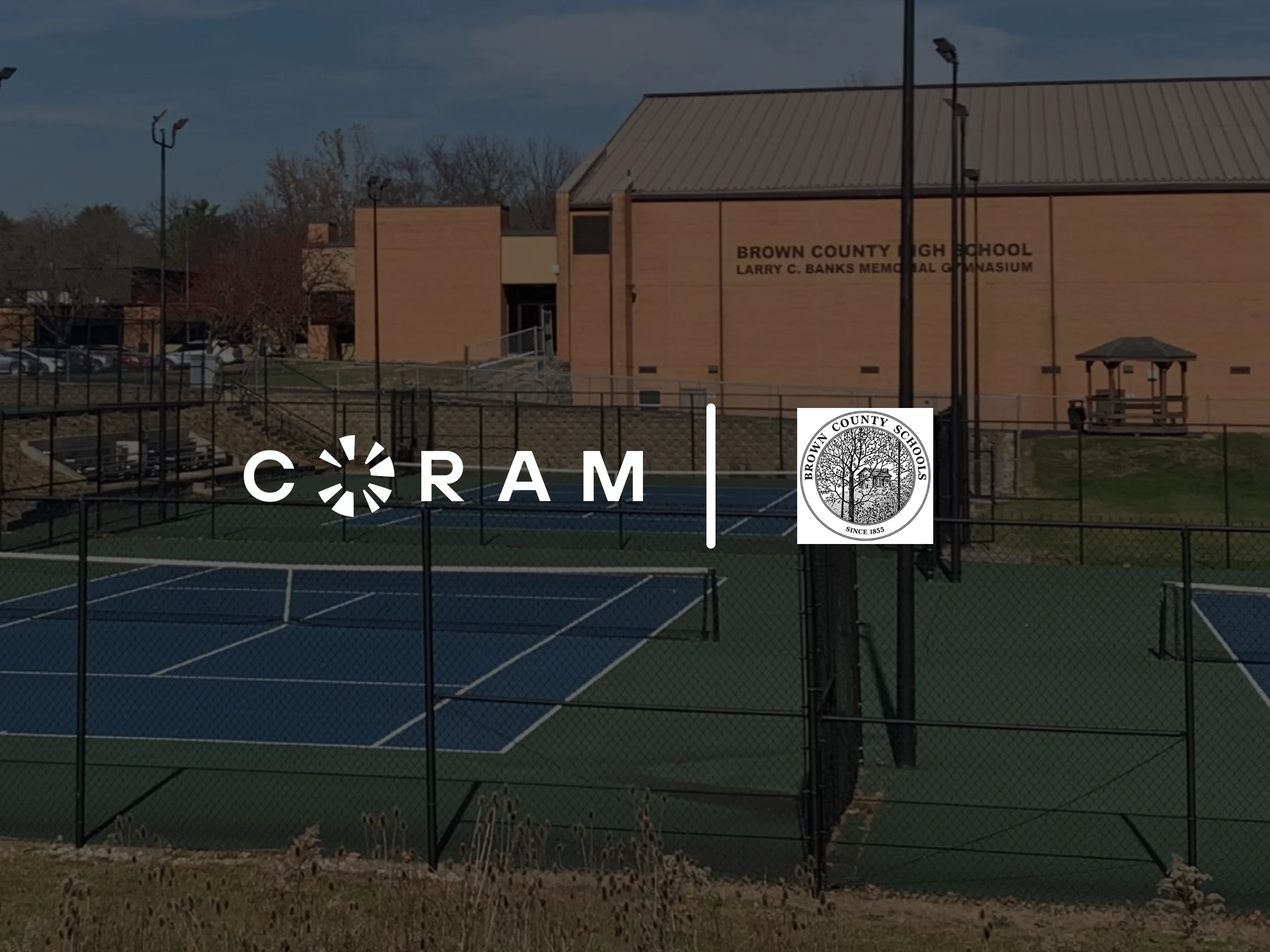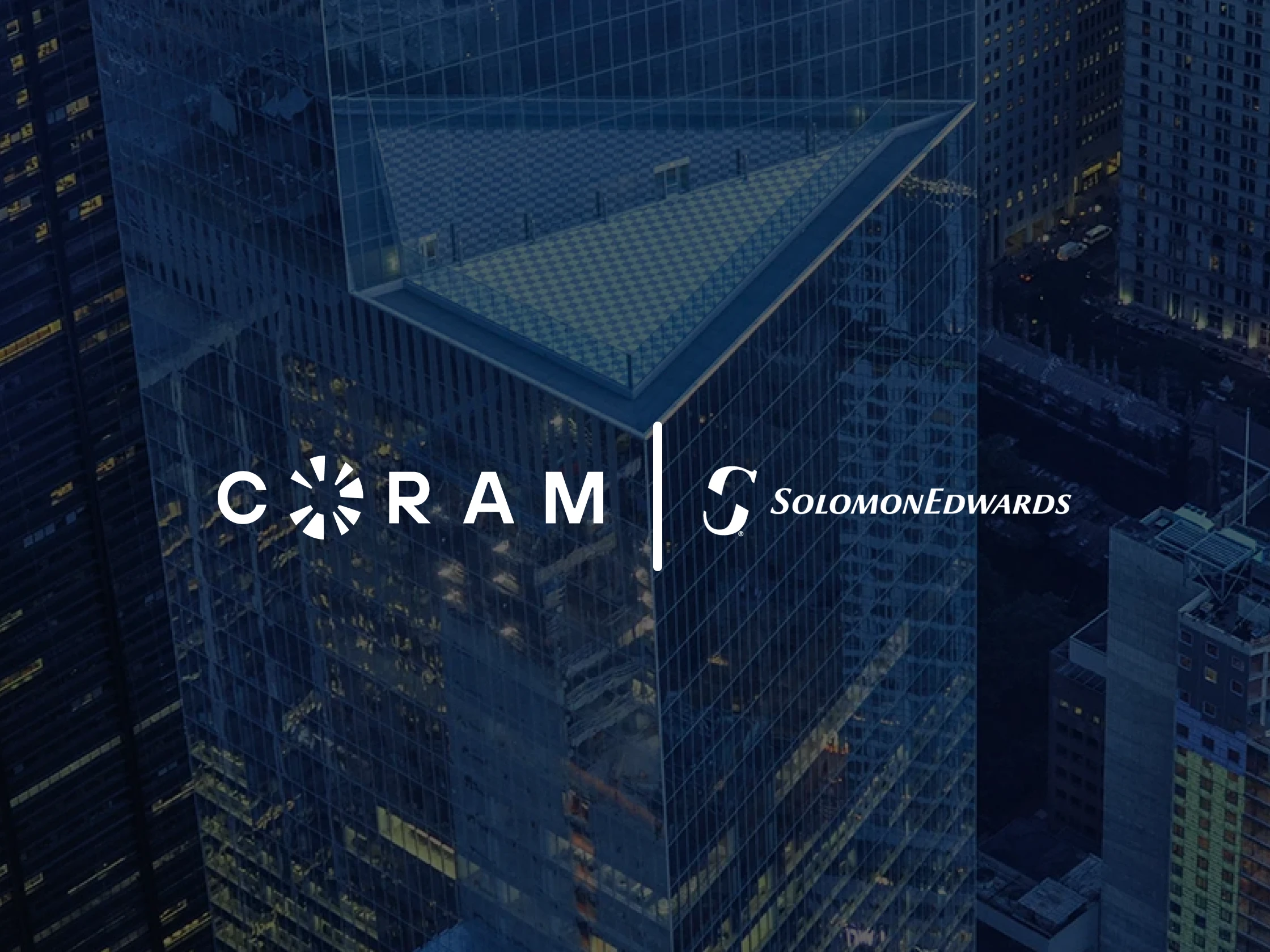Beyond keeping unauthorized individuals out, modern security involves achieving complete visibility into every access event. As organizations grow, legacy systems often expose blind spots: outdated firmware, fragmented integrations, and poor audit capabilities that compromise compliance.
Before investing in new technology, it’s essential to evaluate your existing access control infrastructure. Identify vulnerabilities, then assess compatibility with emerging technologies such as cloud-based management, OSDP readers, and automated monitoring.
Finally, plan for future scalability so today’s investment supports tomorrow’s expansion without forcing a full system overhaul.
This guide explains how real-time audit logging strengthens access security, how to select the best hardware-agnostic platform for scalability, and how regular audits can preserve compliance and operational integrity.
What is Real-Time Audit Logging in Access Control?
Real-time audit logging in access control is the continuous capture and monitoring of every access event. It monitors and logs entry attempts, approvals, denials, configuration changes, card taps, door openings, or a denied PIN attempt as they occur.
Unlike traditional or periodic audit systems that introduce delays, real-time logging provides instant visibility into who accessed what, when, and from where.
When paired with AI or automated analytics, these logs can reveal patterns and anomalies such as:
- Repeated access attempts outside normal hours
- Credential cloning or tampering attempts
- Configuration changes from unauthorized IPs
- Simultaneous access requests from distant locations
This proactive visibility boosts compliance and incident response by enabling organizations to detect irregularities and act immediately rather than retrospectively.
How to Choose the Best Hardware-Agnostic Access Control System?
When choosing an access control platform, look beyond features; prioritize flexibility, scalability, and interoperability. The right system grows with your organization and integrates with existing infrastructure, reducing both transition costs and operational complexity.
A hardware-agnostic access control system is designed to integrate with a wide range of third-party devices and communication protocols, without requiring proprietary hardware. That means the controller, edge device, or cloud service supports open standards such as Wiegand, OSDP, IP and offers open APIs for broader integration. This allows you to mix and match locks, Door readers, and sensors from multiple vendors while maintaining centralized management.
The key advantage of hardwar-agnostic systems is scalability and migration ease. Scalability is beyond adding more doors; it is the centralized policy enforcement, unified identity management, and resilient logging across single and multi-site operations.
The best systems let administrators manage thousands of doors from one dashboard, enforce consistent role-based rules, and propagate changes without manual reconfiguration at each site.
The Coram Access Control's Advantage
The Coram DC-41 exemplifies this design philosophy. It supports both Wiegand and OSDP card readers. This flexibility allows organizations to modernize access control while keeping existing investment.
Because it’s protocol-agnostic, the DC-41 can manage single-site or enterprise-level deployments from one cloud interface.
Its edge architecture reduces latency and improves data reliability by storing logs locally even during temporary network outages. This ensures no event goes unrecorded.
Below is a short comparison table to help evaluate core attributes when selecting a scalable, hardware-agnostic system.
Use this checklist when evaluating vendors. The right hardware-agnostic platforms let you modernize without starting over, preserving your existing assets while scaling policy enforcement and visibility.
How to Conduct Regular Access Audits to Maintain Compliance?
Deploying a system with real-time logging is only half the battle. A disciplined, proactive audit cadence improves its effectiveness. Establish a consistent audit schedule aligned with both internal policy and external regulatory requirements. This cadence should include:
Credential Entitlement Review
Bi-weekly or monthly, run a report of all active credentials and cross-reference them with HR data. Immediately revoke access for terminated (former) employees and validate that current employees have access only to the areas necessary for their role (the principle of least privilege).
Privileged User Audit
Quarterly, scrutinize the activity of users with elevated permissions (example, system administrators). Every change they make, such as adding a user or modifying an access level, should be logged and reviewed for propriety.
Anomaly Detection Analysis
Use the real-time capabilities of your system to run weekly reports on specific exception events. Look for patterns in denied access, after-hours activity, and door-forced-open alarms. This makes your audit more proactive.
Compliance Rule Validation
Semi-annually, test the rules that enforce compliance. For instance, if you have a rule that enforces a two-man rule entry into a sensitive area, verify through the logs that the rule is functioning correctly and has not been violated.
Also, align with regulatory standards such as SOC 2 or ISO 27001, and generate audit-ready reports for stakeholders.
Key Areas to Audit
- Credential Lifecycle Management – How are credentials created, issued, and deactivated?
- Access Policy Alignment – Do current permissions match business requirements?
- Event Response Time – How fast are anomalies detected and escalated?
- Integration Health – Are logs syncing correctly across systems (e.g., HR, identity, or video platforms)?
By combining audit automation with well-defined review intervals, organizations can close security gaps before they become compliance violations.
Best Practices for Maintaining Secure Access Control Over Time
Building a secure system is one thing; keeping it secure over time requires operational discipline. Integrate these best practices into your security operations.
Prioritize Firmware and Software Updates
Outdated firmware remains one of the biggest entry points for attackers. Ensure all controllers, readers, and software platforms are updated with the latest security patches. Automated update management tools can simplify this across multiple sites.
Enforce Least-Privilege Access
Every user should have only the access they need, nothing more. Use role-based access control (RBAC) to assign permissions dynamically, and immediately revoke credentials when roles change.
Leverage Multi-Factor Authentication (MFA) for Critical Areas
For server rooms, data centers, and executive suites, a single credential is insufficient. Mandate a second factor, such as a PIN or a mobile app verification, following the card tap.
Integrate Video Verification
Pair access control data with live or recorded video feeds to confirm the identity of individuals during access events. Correlating these systems helps distinguish between legitimate entries and unauthorized or tailgating attempts.
Establish a Formal De-provisioning Workflow
The most critical moment for access security is when an employee leaves. Create an automated workflow that immediately revokes all physical and logical access the moment their status is changed in the HR system.
Test System Resilience Regularly
Conduct simulated outage or breach scenarios to evaluate how well your system handles disruptions. A robust setup should maintain local authentication and logging capabilities even if cloud connectivity is temporarily lost.
Centralize Policy Management
Use a unified dashboard to manage users, credentials, and policies across all facilities. In addition to simplifying compliance, it prevents inconsistent rule enforcement.
Review Third-Party Integrations
APIs and third-party connections are often overlooked in security audits. Ensure all integrations follow encryption best practices and use secure authentication protocols like OAuth 2.0.
Plan for Future Growth
Scalability should be a core part of your security strategy. Choose platforms that support multi-region expansion, flexible credential types (mobile, biometric, RFID), and adaptive user provisioning.
A system like Coram’s DC-41, designed for modular scalability and real-time intelligence, provides this foundation. This allows organizations to adapt quickly without redesigning their infrastructure.
Conclusion
The present-day access control demands visibility, adaptability, and accountability. Organizations can no longer afford fragmented systems or manual log reviews. Real-time audit logging ensures instant insight into every credential event, while hardware-agnostic systems deliver flexibility that outlasts hardware cycles.
The path forward is clear:
- Evaluate your current environment for vulnerabilities and compatibility gaps.
- Adopt scalable, hardware-agnostic solutions that scale across facilities and integrate seamlessly.
- Establish continuous audit routines to maintain compliance and operational integrity.
FAQ
User access reviews should be conducted quarterly, annually, or when triggered by events, with frequency determined by risk and compliance needs. Fast-growing or regulated companies typically benefit from quarterly reviews, while low-risk ones may only need annual checks.
One-time audits assess compliance periodically, while real-time monitoring continuously tracks activity to enable instant action and risk control.
Automation can’t completely replace manual oversight in access reviews. The best approach combines automated efficiency with human oversight, ensuring reviews remain both scalable and precise.
Audit logs strengthen security by keeping a detailed timeline of system actions, helping organizations spot threats early, discourage malicious behavior, and investigate incidents effectively.
Real-time audit logging improves incident response by instantly flagging anomalies, giving IT teams the context they need to act fast, investigate accurately, and trace events for recovery and analysis.





%20(35).webp)








.webp)
